Video of the Week:
Will Fall Mums Last Through the Winter?
Turfgrass:
Apply Late-Season Nitrogen Application in November
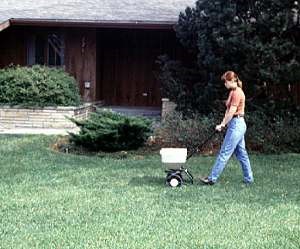
How much should you apply? One to 1 to 1 ½ pounds actual nitrogen per 1,000 sq. ft. of lawn area is sufficient. Following the recommended spreader setting on the fertilizer bag should apply the correct amount of fertilizer. In order for this application to be effective, the nitrogen must be readily available to the plant, because the growing season is nearly over. Therefore, for a November application, use a soluble (quickly-available) nitrogen carrier such as urea or ammonium sulfate.
Many turfgrass fertilizers sold in garden centers and other retail outlets also contain soluble nitrogen. Avoid products that contain water-insoluble nitrogen (slow-release) for this application. As always, sweep up any fertilizer that gets on driveways, sidewalks, or streets and reapply it to the lawn. (Ward Upham)
Flowers:
Garden Mums
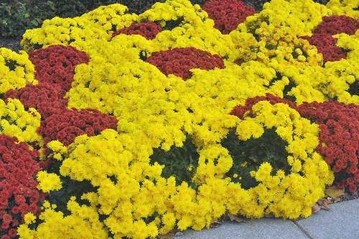
Perennial Garden Clean-up
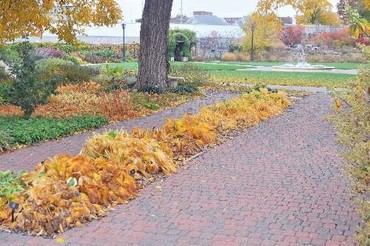
Foliage can be left for other reasons. For example, foliage left on marginally hardy plants such as tender ferns helps ensure overwintering of plant crowns. Also, seed heads on some perennial plants can provide seed for birds. (Ward Upham)
There is Still Time to Plant Spring-Flowering Bulbs
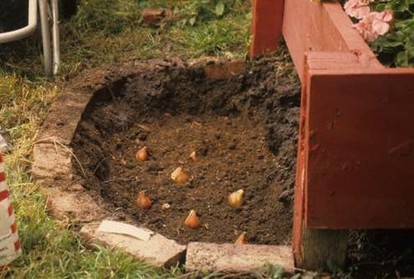
Although many of the best bulbs have probably already been purchased, garden centers may still have a good selection. Be sure to select large, firm bulbs that have not begun to sprout. While many bulbs can adapt to a wide range of soil types, none can tolerate poorly drained soil. Prepare the planting bed by adding organic matter such as peat moss, well-rotted manure, or compost and mix into the soil.
Adequate fertility is essential. It is best to rely on a soil test to determine what nutrients are needed. Garden soils that have been fertilized regularly in the past may have excess levels of phosphorus. Excess phosphorus can interfere with the uptake of other essential micronutrients. In such cases, it would be better to use a fertilizer relatively high in nitrogen such as a 29-5-4, 27-3-3, or something similar. Apply these fertilizers at the rate of 2/3 pound per 100 square feet.
Organic sources of fertilizers low in phosphorus include blood meal (12-0-0) applied at 5 to 10 pounds per 100 square feet, cottonseed meal (6-0.4-1.5) applied at the rate of 10 pounds per 100 square feet and soybean meal (7-2-1) applied at the rate of 8 pounds per 100 square feet. In the absence of a soil test, or if phosphorus is needed, add a low analysis, balanced fertilizer such as 5-10-5 or 6-10-4 at the rate of 2 to 3 pounds per 100 square feet of bed. Mix all amendments thoroughly with the soil before planting the bulbs.
The size and species of the bulb determines how deep to plant. In general, the depth to the bottom of the bulb should be about 2 to 3 times the size of the bulb, but check the planting instructions specific to each particular flower. (Ward Upham)
Ornamentals:
What is the "Wild" Shrub with the Bright Red Berries?
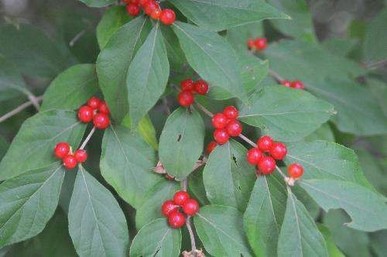
This landscape shrub has become a serious understory invasive throughout the Midwest from eastern Kansas to Ohio. Many states have it on their noxious weeds list. All of our native honeysuckles are vines, similar to the vining Japanese honeysuckle. Amur and Tatarian honeysuckles are very noticeable in the spring as they put out leaves earlier than most other trees and shrubs. Leaves also stay green much later into the fall. This long growing season gives it a competitive advantage over other native species, and the vigorous growth can take over a woodland understory, reducing the number of native woodland wildflowers and other shrubs. If you want to promote native species on your property, then controlling bush honeysuckles is needed. Honeysuckle seedlings can be readily hand pulled when the soil is damp.
Chemical control is needed for larger infestations, as cutting alone results in vigorous resprouting. Foliar applications of glyphosate (i.e., Roundup) in late summer and fall works well as does applications of Crossbow (2,4-D + triclopyr). Treating cut stumps with Tordon RTU (picloram), or concentrated (20% - 50%) glyphosate is also quite effective. Several studies have shown basal spraying with triclopyr (Garlon) not to be effective, while basal applications with 2,4-D or picloram products work well, using an oil carrier to penetrate the bark. Please follow all label instructions when using pesticides. (Charlie Barden and Ward Upham)
Miscellaneous:
Preserving Garden Tools
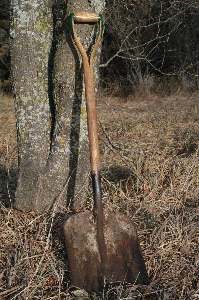
Contributors: Ward Upham, Extension Associate
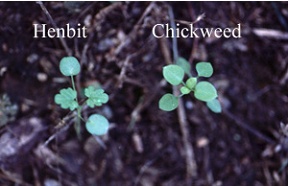
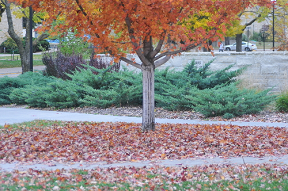
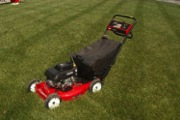
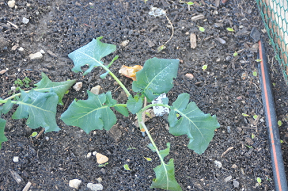
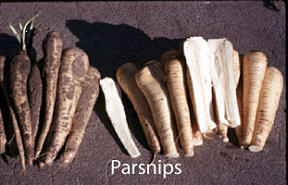
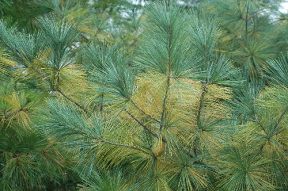
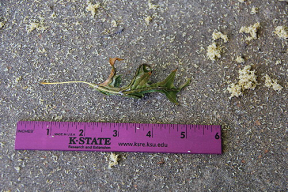
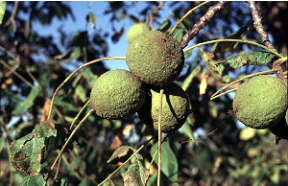
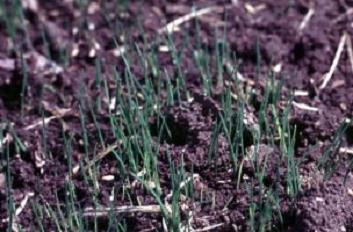
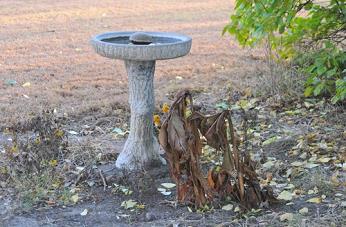
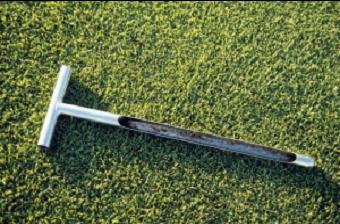
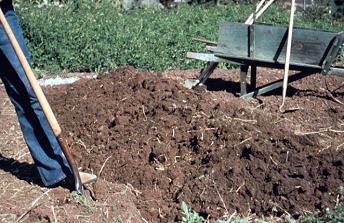
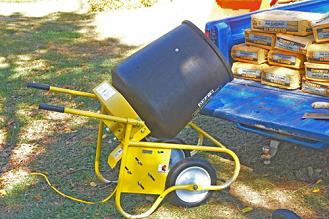
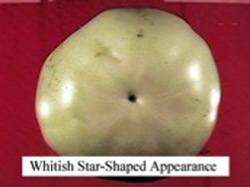
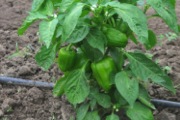
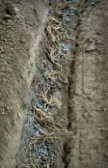
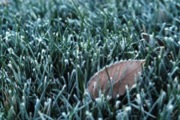
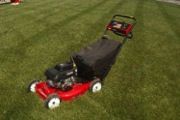
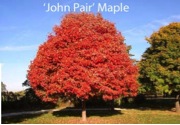

 RSS Feed
RSS Feed
